Disclosure: This article contains affiliate links. We may earn a commission from purchases at no extra cost to you, which helps our travel content.
The morning air carried the scent of orange blossoms and empanadas as I wandered through Plaza Independencia, the beating heart of San Miguel de Tucumán. This northern Argentine city may not feature on most international travelers' itineraries, but that's precisely what makes it a cultural treasure worth discovering. Unlike Buenos Aires' cosmopolitan bustle or Mendoza's wine-country polish, Tucumán offers something increasingly rare in our globalized world: an authentic regional Argentine experience largely untouched by mass tourism. As someone who has spent decades documenting how local traditions shape communities worldwide, I found myself captivated by this provincial capital where Argentina's declaration of independence was signed in 1816. The city stands as a living museum of Argentine identity, where colonial architecture frames daily life and the rhythms of folklore music spill from corner cafés. After covering sporting events across South America for years, returning to explore Tucumán's cultural landscape felt like discovering the soul behind the spectacle.
The Cradle of Argentine Independence
My first morning in Tucumán began with a pilgrimage that every Argentine schoolchild makes at least once in their lifetime. The Casa Histórica de la Independencia stands as Argentina's equivalent to Philadelphia's Independence Hall—a modest colonial structure where the nation's founding document was signed. Walking through its whitewashed corridors, I was struck by how the building's simplicity contrasted with its monumental historical significance.
The original house was largely demolished in the 1900s (a tragic architectural loss), but was meticulously reconstructed from photographs and remaining elements. The main salon, where delegates gathered to declare independence from Spain on July 9, 1816, has been preserved with period furniture and portraits of the signatories lining the walls.
What fascinated me most wasn't just the historical exhibit, but how present this history remains in local consciousness. Unlike many historic sites I've visited globally that feel like mummified relics, this place pulses with living significance. On the morning of my visit, a class of primary school students arrived in their white uniforms, reciting passages from the declaration with practiced precision yet genuine reverence.
'For us, this isn't just history—it's our identity,' explained Mariana, my local guide. 'Every July 9th, the president of Argentina comes to Tucumán to celebrate our National Day. The whole city transforms.'
Mariana recommended I capture the experience with reliable equipment, as lighting inside the historic house can be challenging. My travel camera proved perfect for the task, handling the low interior light while being discreet enough for the reverent setting. The fold-out screen allowed me to capture angles in the crowded rooms without disturbing other visitors—something bulkier DSLRs would have made impossible.
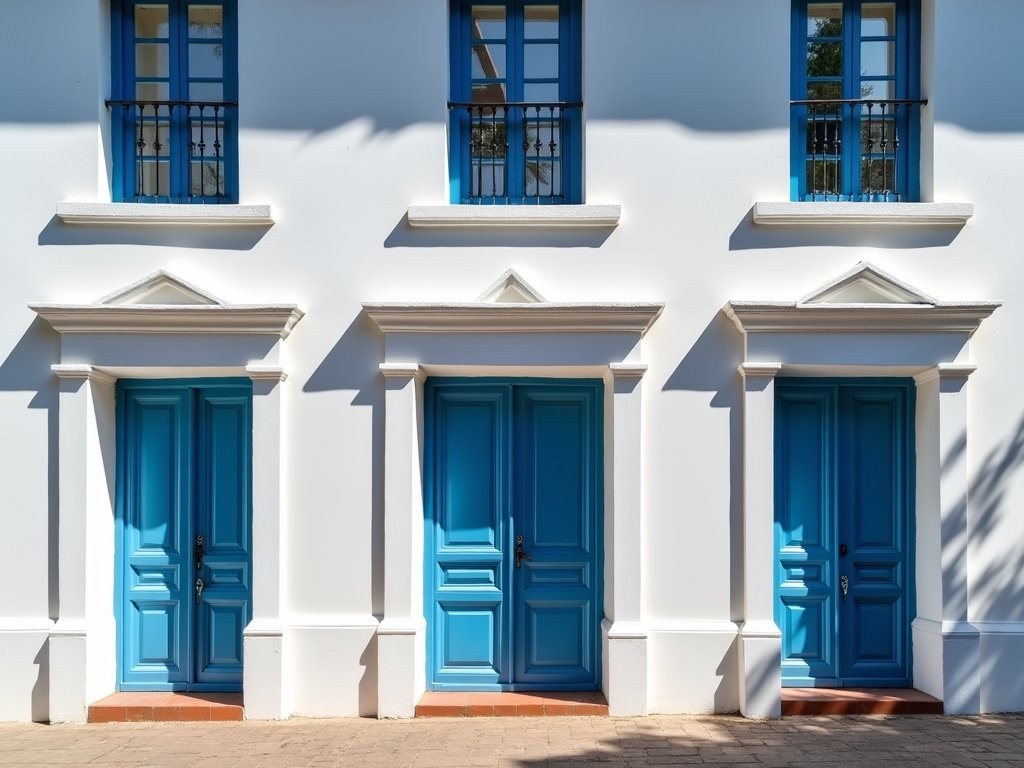
💡 Pro Tips
- Visit early on weekdays to avoid school groups and tour buses
- The guided tours are available in Spanish, but English audio guides can be reserved in advance
- Photography is permitted without flash, but tripods aren't allowed inside
Plaza Independencia: The Living Room of Tucumán
Every Argentine city has its central plaza, but Tucumán's Plaza Independencia feels more like a community living room than a formal square. Unlike the grand, tourist-filled plazas of Buenos Aires, this tree-lined space maintains the authentic rhythm of local life that I've always found reveals a city's true character.
My routine quickly developed: each evening around 6 pm, I'd join tucumanos for the ritual of paseo—the evening stroll that serves as social hour across Latin America. Families push strollers, teenagers flirt in groups, and older men play intense chess matches on permanent stone tables. The ritual transcends generations and social classes in a way that reminded me of cricket matches in India's smaller cities—places where community still trumps digital distraction.
'In summer, we're out until midnight,' laughed Carlos, a retired schoolteacher who befriended me over a chess game I predictably lost. 'The heat keeps us inside during the day, but evenings belong to the plaza.'
The plaza is framed by the city's most significant buildings: the neoclassical Government House, the Metropolitan Cathedral, and the ornate Tucumán Legislature. These structures tell the architectural story of Argentina's late 19th-century prosperity, when European designs were adapted to South American sensibilities.
At the plaza's center stands an impressive fountain and monument to independence, where I often found myself sitting with my travel journal, recording observations and conversations. Something about putting pen to paper rather than typing notes on my phone seemed to make me less conspicuous as a foreigner and opened more doors to spontaneous interactions with locals curious about why I was visiting their city.
One evening, a sudden autumn shower sent everyone scurrying for cover, and I found myself sharing space under the arcade of the historic Casino building with an elderly couple who insisted I try their mate tea—the Argentine national drink passed in a communal gourd that serves as both refreshment and social bond. These unplanned moments of connection have always been the heart of meaningful travel for me.
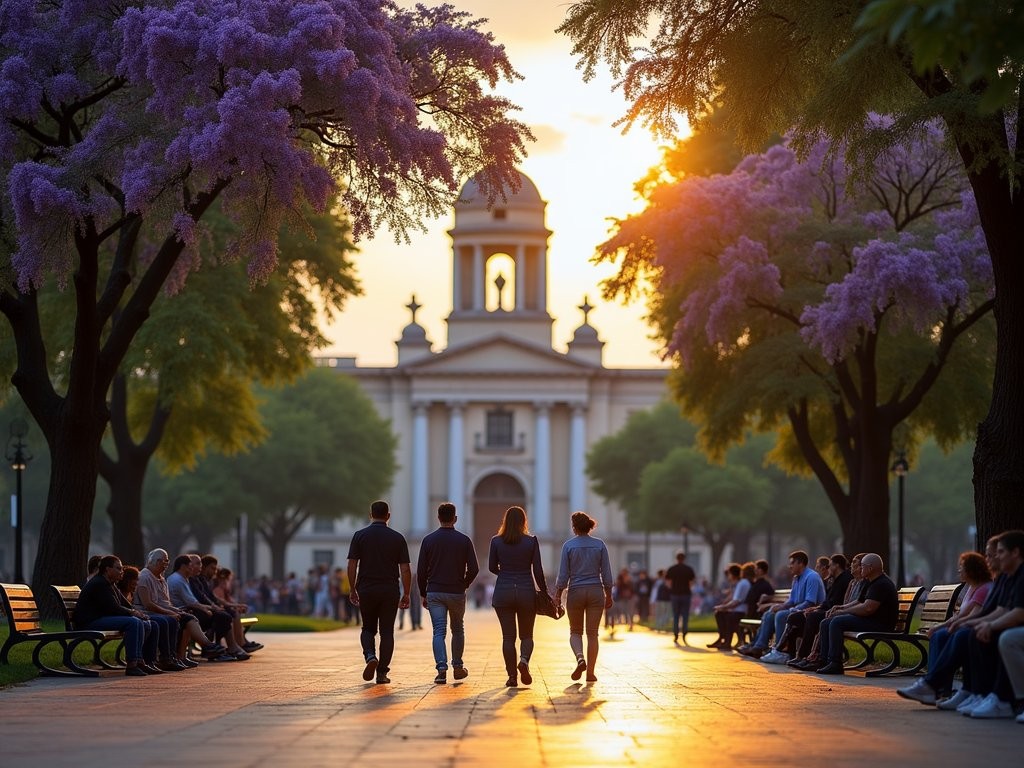
💡 Pro Tips
- Visit the plaza between 6-8 pm for the authentic local paseo experience
- The cafés on the northern edge of the plaza offer the best people-watching opportunities
- On Sundays, artisans set up stalls selling handcrafts and regional products
The Art of the Tucumán Empanada
If there's one cultural tradition that tucumanos defend with almost religious fervor, it's their claim to Argentina's best empanadas. After spending a week sampling these savory pastries across the city, I'm inclined to support their assertion. The empanada tucumana is distinct from versions found elsewhere in Argentina—slightly smaller, with a particularly flaky pastry and a filling that balances meat, hard-boiled eggs, olives, and a precise blend of spices including cumin and paprika.
'The secret is in how we cut the meat,' explained Doña Marta, who welcomed me into her kitchen at a small family-run restaurant off Calle 25 de Mayo. 'We don't use ground beef like they do in Buenos Aires. Here, we chop it by hand with a knife—cuchillo, never processed.'
Watching her deft movements as she prepared the day's batch was a masterclass in culinary tradition. Her hands, weathered from decades of this work, moved with the precision and confidence that only comes from preparing the same dish thousands of times. Each empanada was sealed with a distinctive repulgue—the decorative crimping pattern unique to each cook and region.
'The repulgue isn't just decoration,' Doña Marta insisted. 'It's our signature, and it tells you what's inside without having to cut it open.'
Tucumán takes its empanada heritage so seriously that the city hosts the National Empanada Festival each September, where the competition for best traditional empanada draws contestants from across the province. I was fortunate to witness a preliminary competition where judges evaluated each entry with the seriousness of wine connoisseurs, discussing flavor profiles and pastry textures with remarkable specificity.
For those wanting to take a deeper dive into this culinary tradition, I highly recommend booking an empanada cooking class. I joined one at La Merced Cultural Center, where our instructor provided each participant with a wooden rolling pin similar to the traditional palotes used locally. The weight and feel of a proper wooden rolling pin makes all the difference in achieving the delicate, thin dough that distinguishes a superior empanada. I've since purchased one for my kitchen in Wellington, though my attempts to recreate the tucumano version remain works in progress.
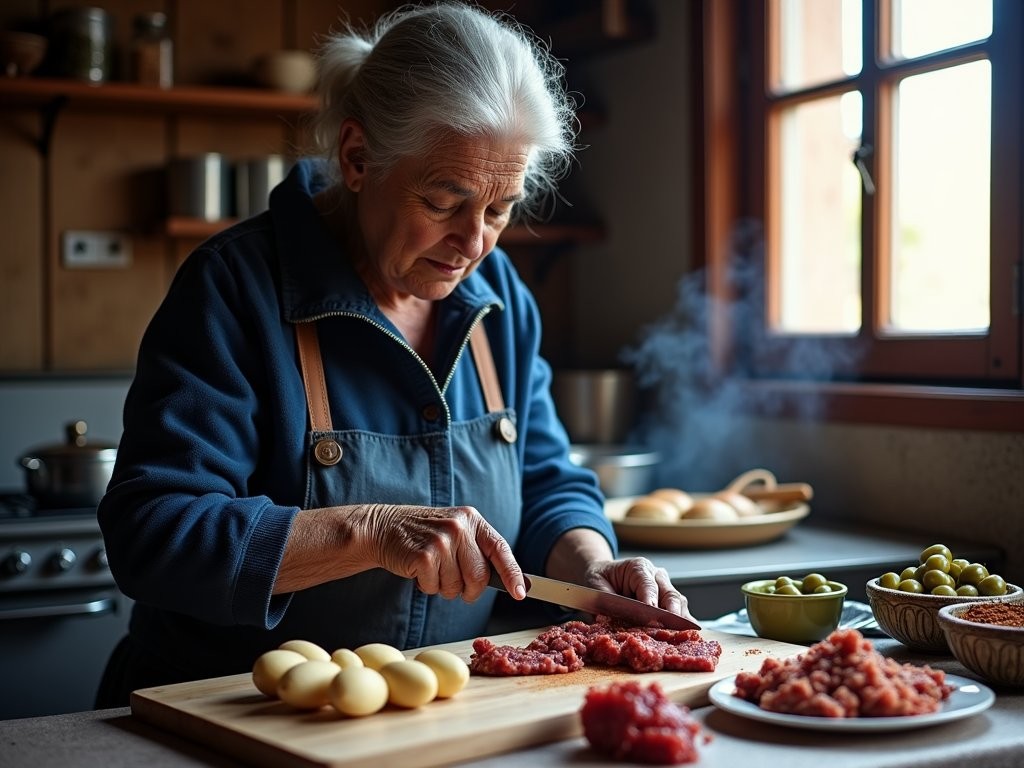
💡 Pro Tips
- The most traditional empanadas are found at small family restaurants away from the main square—ask locals for their favorites
- Traditional empanadas tucumanas are baked (al horno), not fried (fritas)
- Try them with a glass of Torrontés, the aromatic white wine from nearby Cafayate
Folklore and Zamba: The Soul of Northwest Argentina
My years covering international cricket taught me that every region has its sporting passion that transcends mere entertainment to become cultural expression. In Tucumán, that role is filled not by sport but by folklore music and dance—particularly the zamba, a graceful partner dance not to be confused with Brazil's more famous samba.
On my third evening in the city, a new friend insisted I visit a peña folklorica—essentially a folk music club where locals gather to play, sing, dance, and share communal meals. Tucked down a side street in a converted old house, Peña El Cardón initially appeared closed when we arrived. But pushing through the unmarked wooden door revealed a courtyard filled with tables surrounding a small performance area.
'You're lucky,' whispered my companion as we found seats. 'That's Horacio Banegas playing tonight—one of our living legends.'
The music began softly—guitar, violin, and bombo legüero (a distinctive drum made from a hollowed tree trunk covered with goat skin). Then came the vocals, songs that spoke of rural life, lost love, and connection to the land. What struck me most was how the audience knew every word, joining in on choruses with a reverence I've rarely witnessed outside religious gatherings.
As the evening progressed, couples spontaneously rose to dance the zamba. Unlike the flashy tango of Buenos Aires, the zamba is subtle and restrained—a courtship dance where partners rarely touch, instead communicating through the graceful waving of handkerchiefs and precise footwork that seemed to barely disturb the dust on the floor.
'The zamba tells our story as a people,' explained Professor Ramirez, a musicologist I met that evening. 'It blends indigenous rhythms with Spanish poetic forms. When the dancers circle each other without touching, you're seeing centuries of cultural history—the distance between social classes, the formality of courtship, but also the connection to the earth through the footwork.'
For travelers interested in folklore, I recommend bringing a portable audio recorder to capture these authentic musical moments. While smartphone recordings work, the quality difference with a dedicated recorder is remarkable, especially in capturing the subtle resonance of the bombo and the room's natural acoustics. I've found that asking permission to record is almost always granted when done respectfully, and these sonic souvenirs have become some of my most treasured travel mementos.
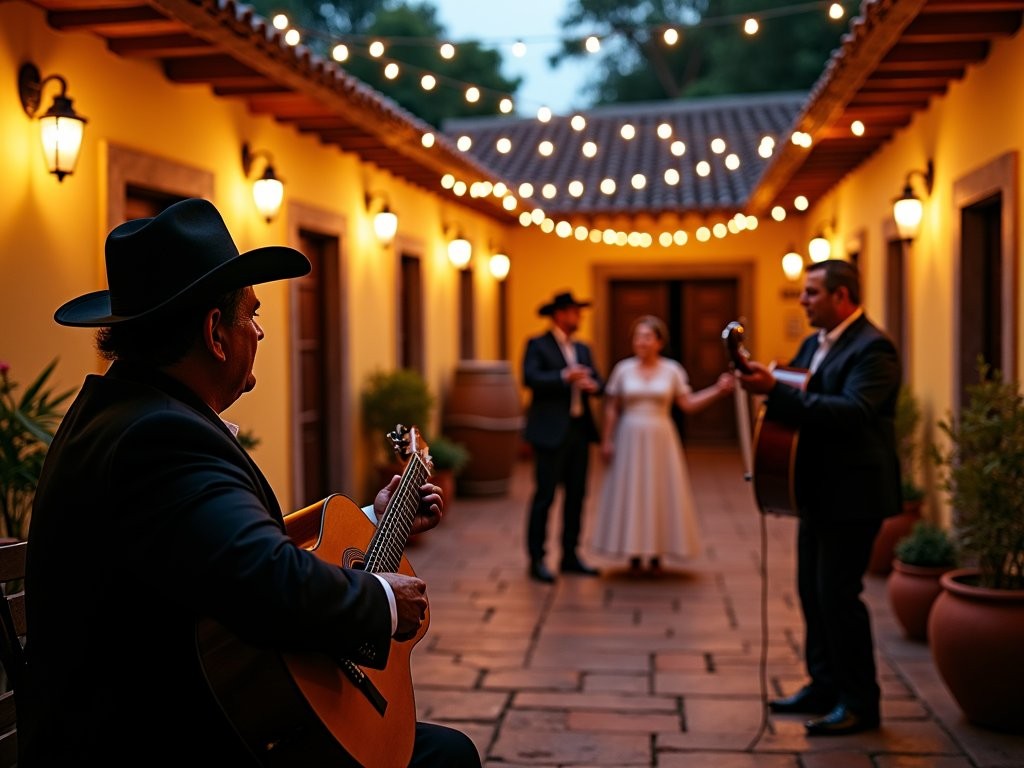
💡 Pro Tips
- Most peñas don't start until after 10 pm and continue until the early morning hours
- Reservations are essential on weekends, but can usually be made by phone the same day
- Participating is encouraged—don't be surprised if someone offers to teach you basic zamba steps
Day Trip to Tafí del Valle: Highland Escape
After several days immersed in the urban rhythms of Tucumán, I felt the familiar pull toward natural landscapes that has become a constant in my travels. Just 107 kilometers west of the city lies Tafí del Valle, a mountain retreat that offers both ecological and cultural contrasts to the provincial capital.
The journey itself is half the experience. As my bus climbed the winding Yungas road through Tucumán's remarkable ecological transition zone, I witnessed one of South America's most dramatic environmental shifts. Within just two hours, we passed from the subtropical lowland forests surrounding the capital into cloud forests draped with epiphytes and mist, finally emerging above the tree line into the high grasslands of the valle.
Tafí sits at 2,000 meters above sea level, nestled in a valley surrounded by peaks that local indigenous Diaguita people considered sacred. The climate shift is dramatic—while Tucumán city sweltered at 30°C, Tafí greeted me with a crisp 15°C and crystal-clear mountain air that reminded me of New Zealand's Southern Alps.
The valley has been inhabited for over 2,000 years, with pre-Columbian cultures leaving behind mysterious monolithic sculptures called menhires—large standing stones carved with symbolic designs. These have been collected into an archaeological park that provides fascinating insight into the spiritual worldview of the region's first inhabitants.
'These stones connected the earth and sky for our ancestors,' explained José, a guide of Diaguita descent who offered perspectives rarely found in official histories. 'When the Spanish came, they tried to bury many of them to erase our cosmology.'
Beyond archaeology, Tafí is renowned for its cheese production, a tradition introduced by Jesuit missionaries in the 18th century. Small family operations still produce quesillos—a fresh, mild cheese typically served with local honey in a sweet-savory combination that's become the valley's culinary signature.
The highland landscapes surrounding Tafí offer excellent hiking opportunities. I spent an afternoon following the trail to Los Menhires archaeological site, where my hiking daypack proved perfect for carrying water, layers for the rapidly changing mountain weather, and photography equipment. The pack's comfortable design and strategic compression straps kept everything secure during steep sections of trail, while leaving my hands free for occasional scrambling over rocky terrain.
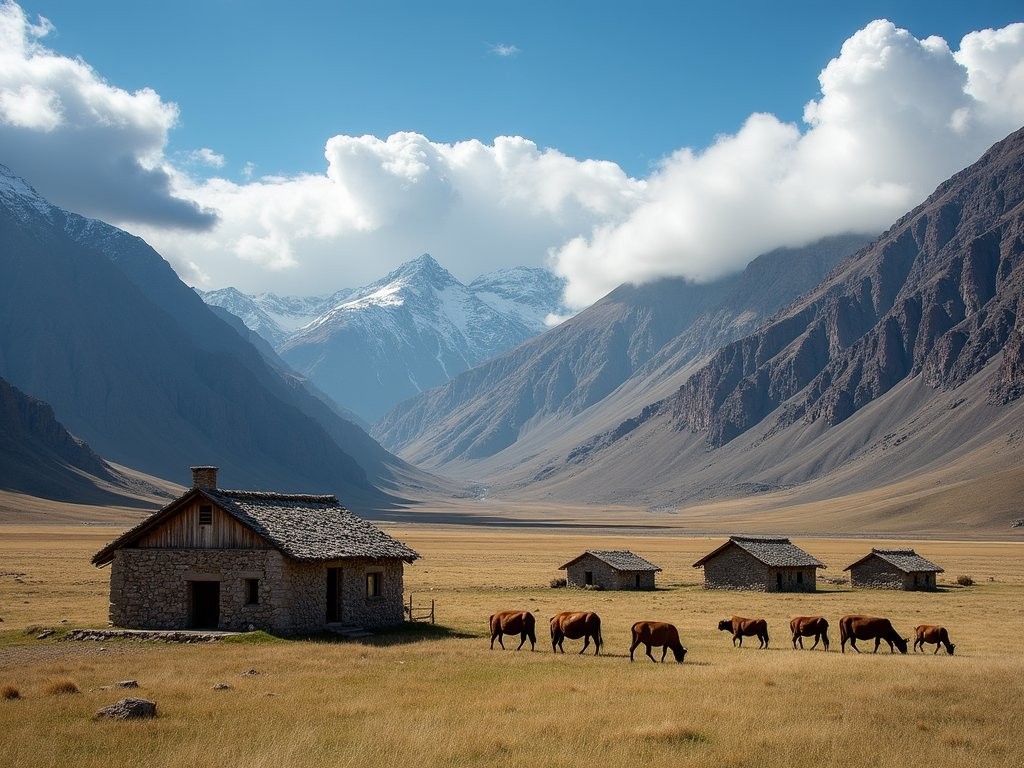
💡 Pro Tips
- Buses to Tafí del Valle depart regularly from Tucumán's main terminal, but book a day ahead for weekends
- The temperature difference can be dramatic—pack layers even if Tucumán is hot
- Stay overnight if possible—the stargazing is spectacular due to minimal light pollution
Navigating Tucumán's Sweet Heritage: Sugar and History
No cultural exploration of Tucumán would be complete without understanding how the sugar industry shaped both its prosperity and social structures. The province produces over 60% of Argentina's sugar, and the industry's influence is visible everywhere—from the grand historic mansions built by sugar barons to the seasonal rhythm of the zafra (harvest) that still influences local life.
I dedicated a day to visiting Ingenio San Pablo, one of the historic sugar mills located just outside the city. Founded in the 1830s, the complex offers a window into Argentina's industrial heritage, with massive machinery dating back to the early 20th century still partially operational during harvest season.
'Sugar isn't just an industry here—it's our history, politics, and social reality,' explained Eduardo, my guide and a third-generation mill worker. 'The saying goes that when sugar prices rise, Tucumán prospers; when they fall, we all suffer.'
The tour revealed the complex legacy of an industry built initially on exploitative labor practices that evolved through workers' movements into one of Argentina's strongest unions. The mill's museum doesn't shy away from this complicated history, displaying both the technological innovations and the difficult working conditions that characterized different eras.
What I found most fascinating was how deeply sugar production has influenced local culture. During the mid-year zafra, the air around Tucumán fills with the distinctive molasses scent of processing sugar cane. This seasonal change triggers festivals, shifts in local cuisine, and even influences the themes of folklore songs.
The industry's cultural impact extends to Tucumán's distinctive sweets and desserts. Local confectioneries produce specialties like sugar-coated nuggets called tabletas tucumanas and a regional variant of dulce de leche that's darker and more intensely flavored than versions found elsewhere in Argentina. Many of these sweet traditions began in convent kitchens during colonial times, where nuns developed recipes utilizing local sugar.
For visitors interested in bringing home culinary souvenirs, the Mercado del Norte offers an excellent selection of regional products. I purchased several varieties of artisanal dulce to share with colleagues back in Wellington, carefully wrapping the jars in my packing cubes to protect them during the long journey home. These compression cubes have saved my luggage countless times from potential sticky disasters when transporting food souvenirs.
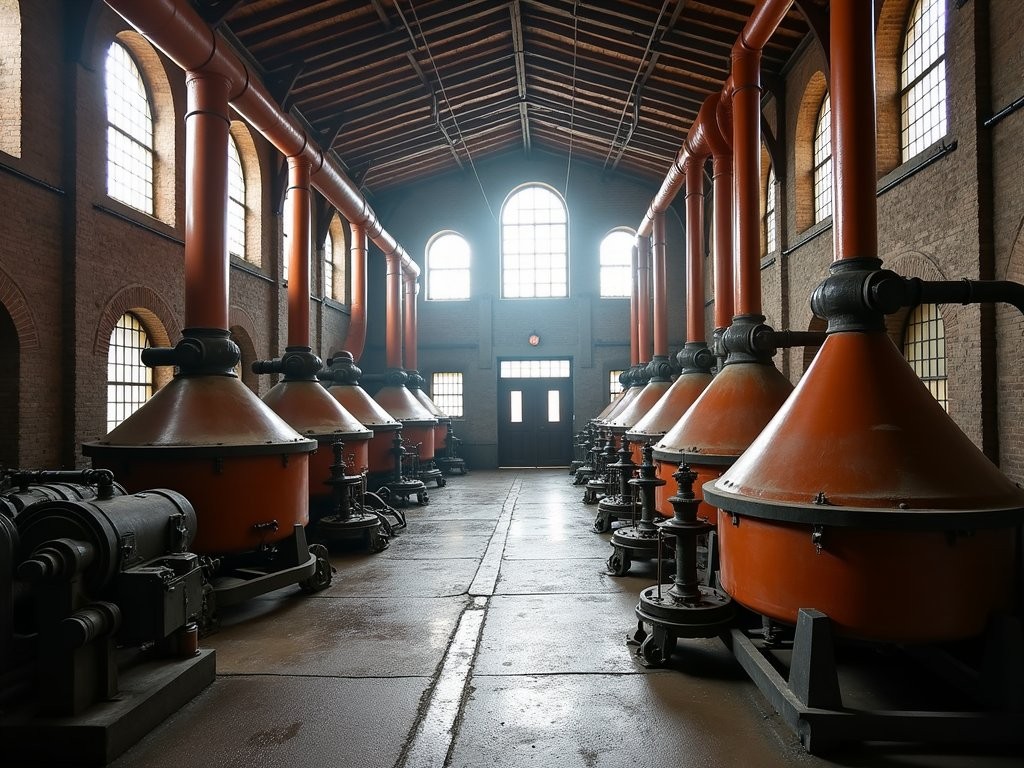
💡 Pro Tips
- Tours of sugar mills generally need to be arranged in advance through tourism offices
- Visit during the zafra (May-October) to see the mills in operation
- The Mercado del Norte is the best place to purchase authentic regional sweets and dulce de leche
Final Thoughts
As my week in Tucumán drew to a close, I found myself sitting once more in Plaza Independencia, watching families gather for their evening paseo. A group of young musicians had set up nearby, the haunting sound of a quena flute floating across the square as twilight settled over the city. In that moment, I understood why this place feels so special—Tucumán exists in a rare balance point, honoring its historical significance while remaining authentically itself rather than performing for tourists.
This provincial capital offers something increasingly precious in our homogenized world: a cultural experience that hasn't been packaged or sanitized for outside consumption. The empanadas taste better because they're made for local palates, not visitor expectations. The peñas vibrate with genuine emotion because the songs matter deeply to the people singing them. The historical sites resonate because they remain living touchpoints of national identity.
For couples seeking cultural immersion beyond Argentina's well-trodden tourist circuit, Tucumán provides a perfect introduction to the country's northern soul. Come with curiosity, a willingness to practice basic Spanish, and the patience to adapt to local rhythms. The reward will be an Argentina few international visitors ever truly experience—one that beats with the authentic heart of a nation.
✨ Key Takeaways
- Tucumán offers authentic cultural experiences largely untouched by international tourism
- The city balances significant historical sites with vibrant contemporary local traditions
- Regional specialties like empanadas tucumanas and folklore music provide deeper understanding of northern Argentine identity
📋 Practical Information
Best Time to Visit
Fall (April-June) or Spring (September-November) for mild temperatures and fewer rain showers
Budget Estimate
$50-100 USD per day including mid-range accommodation, meals, and activities
Recommended Duration
5-7 days including a day trip to Tafí del Valle
Difficulty Level
Beginner
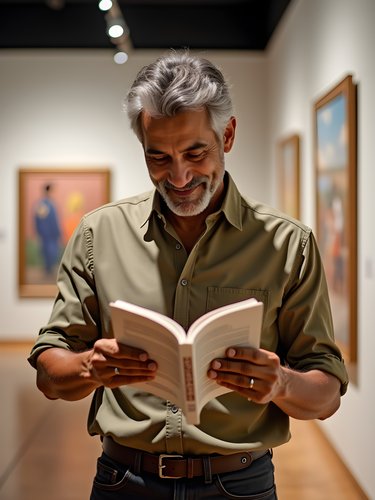
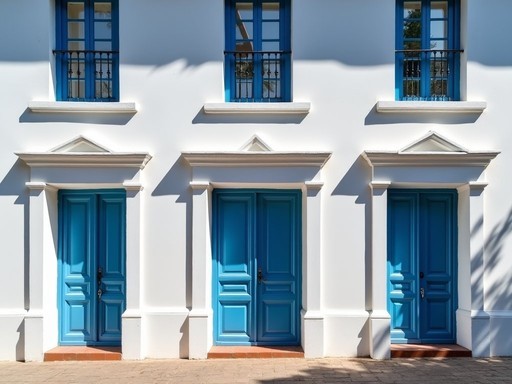

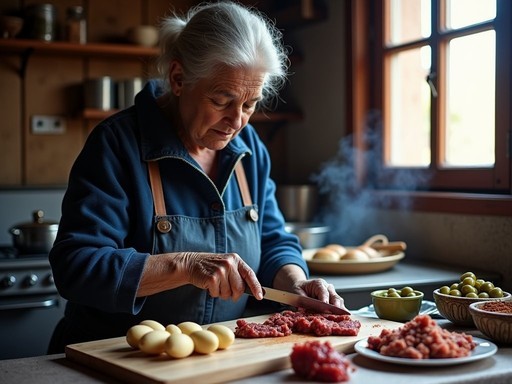
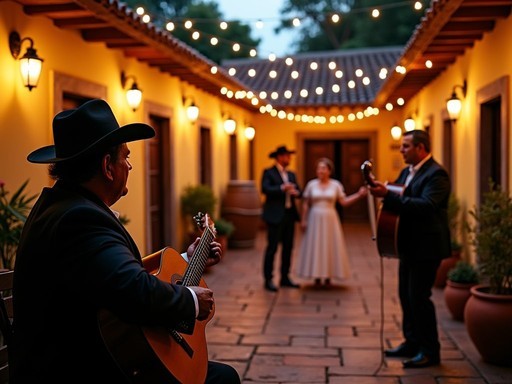
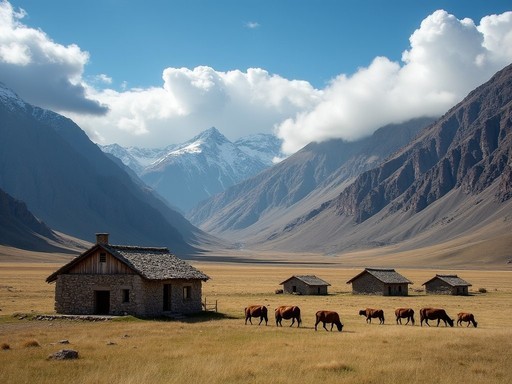
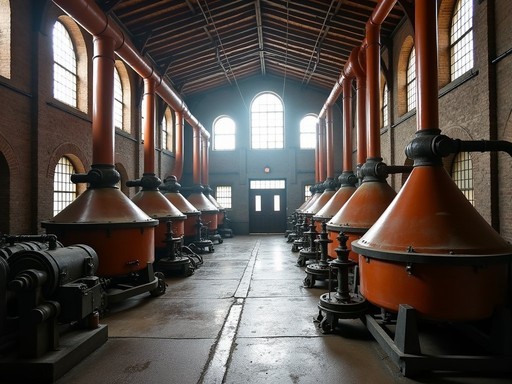


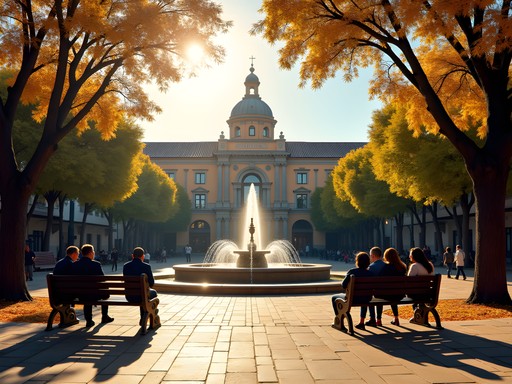

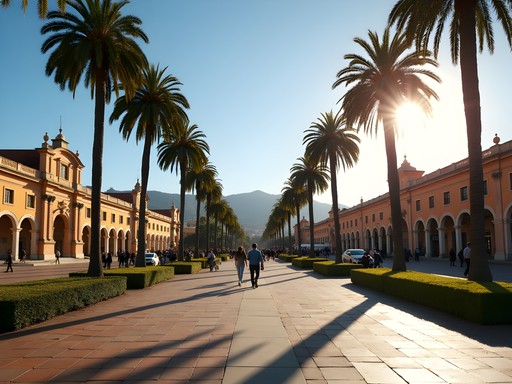
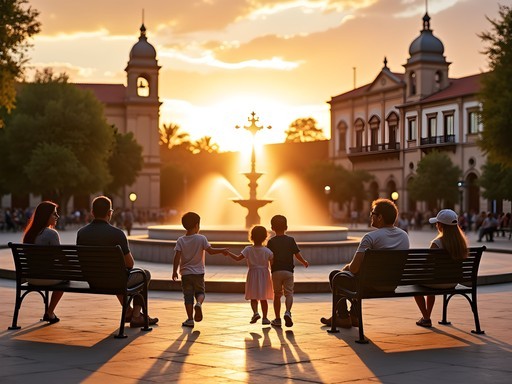
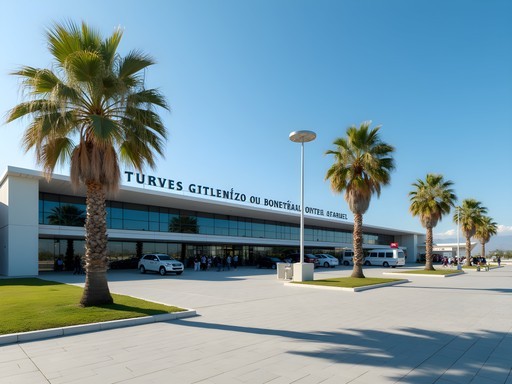



Comments
foodie_traveler
That photo of the empanadas being made is making me hungry! 😍
historybuff
The historical significance of Tucumán is so underrated! When I visited the Casa de la Independencia, our guide was incredibly knowledgeable about the revolutionary period. If anyone's interested in Argentine history, I recommend visiting early in the day before the tour groups arrive. We had almost the whole place to ourselves at 9am and could really take our time with the exhibits.
mapnerd
Great tip about going early! Did they have English information available or should I brush up on my Spanish history vocab?
historybuff
They had some English materials, but definitely not everything. Basic Spanish history terms would be helpful - independence, revolution, congress, etc.
greendiver
Never considered Argentina beyond Buenos Aires and Patagonia. Adding this to my list now!
bluequeen
You definitely should! Northwest Argentina is like a whole different country compared to BA. The indigenous influence and Andean culture make it unique.
Hunter Thompson
MATE ALERT! 🧉 Absolutely LOVED how you captured the essence of Tucumán, Amit! I backpacked through there last winter and was BLOWN AWAY by how different it feels from Buenos Aires. The empanadas are NEXT LEVEL - I actually took an informal cooking class from an abuela who showed me the special repulgue (the folding technique) for Tucumán-style empanadas! The secret is apparently in the knife-cut meat rather than ground beef! Also, for anyone heading there, don't miss the Sunday market in Yerba Buena just outside the city - incredible local crafts and the BEST dulce de leche I've ever tasted! Plaza Independencia at sunset is pure magic - grab a mate and people-watch for hours!
dreamchamp
Is September a good time to visit? Or would you recommend another season for the best experience?
Amit Sullivan
September is actually perfect! Spring is just starting, temperatures are mild (around 20-25°C/68-77°F during the day), and the orange blossoms mentioned in the post are in full bloom. The city also celebrates Student Day in September with festivities. Just bring layers as evenings can be cool.
worldexplorer99
Those empanadas look incredible! 🤤
Timothy Jenkins
Excellent piece on Tucumán, Amit. I visited during research for my Northwest Argentina guide and was similarly captivated by the historical significance that seems to permeate the city. Your section on the zamba folklore was particularly enlightening - I attended a peña near Plaza Urquiza where locals performed traditional dances, and it was one of the most authentic cultural experiences I've had in Argentina. Did you make it to the sugar cane museum? It offers fascinating context about the economic backbone of the province. For anyone planning a visit, I'd recommend combining Tucumán with Salta and Jujuy for a comprehensive northern circuit - the landscape transitions are remarkable. I used the Footprint Northern Argentina Guide which had excellent historical context for the independence sites.
greendiver
How many days would you recommend for Tucumán specifically? Planning a trip next year!
Timothy Jenkins
I'd say 3-4 days is perfect for Tucumán city itself, with another day for surrounding areas like Tafí del Valle if you have time. The city deserves more than just a quick stopover!
roammood45
Those empanada photos are making me hungry! Need to book a flight ASAP!
backpacklover
Great post! Tucumán never gets enough love from travelers. Hidden gem for sure!
bluequeen
Your description of the empanadas in Tucumán took me right back! I visited last year and still dream about those little pockets of heaven. The cinnamon-spiced beef ones were my favorite, especially from that tiny place near Casa Histórica. Did you get a chance to try the regional wine pairings? The local Torrontés went perfectly with the empanadas - something about the acidity cutting through the richness. Also loved how you captured the evening paseo culture - it's such a beautiful social tradition that we've lost in many places.
Amit Sullivan
Thanks bluequeen! Yes, I tried the Torrontés pairing too - absolutely perfect! There was a small bodega that did tastings just off the plaza that I stumbled upon. The paseo tradition was one of my favorite parts of daily life there.
bluequeen
Oh! Was it Bodega El Portón? With the little courtyard? That place was magical!
Venture X
Premium card with 2X miles, $300 travel credit, Priority Pass